“Dubliners are hugely generous people,” Daniel Day-Lewis said some years ago. “It was a different town then. It’s changing completely. I hope some of the old Dublin remains.”
The distinguished actor, long resident in Ireland, made some contribution to those changes. Thirty years ago, Jim Sheridan's My Left Foot, the stirring story of the writer and painter Christy Brown, had its premiere in Dublin. Up to that point, Irish films were as rare as Irish aircraft carriers. Day-Lewis, who played Brown so memorably, and Brenda Fricker, moving as his indefatigable mother, both won Academy Awards.
A few months later, the Republic of Ireland soccer team had that breathtaking run at Italia ’90. Riverdance followed soon after. Then came the boom. It now looks as if My Left Foot, the story of one stubborn Dubliner with cerebral palsy, helped launch (for good or ill) an unexpected period of national confidence.
The first thing I read was this description of a foot. My first thought was, What is this about? Noel Pearson said: 'We are thinking of doing this film. We've no money and there's no director. Do you want to do it?
It seems to have begun with the unstoppable impresario Noel Pearson. "I was in New York and I read My Left Foot again and I thought, I'll have a go at this," he remembered on a documentary some years later.
Shane Connaughton, later Oscar-nominated with Jim Sheridan for adapting Brown's memoir, regards his appointment as a complete fluke. Born in Co Cavan, the actor and writer was in Dublin for the theatre festival and decided to pop into an actors' bar to see a few old friends.
“Noel Pearson was there with an actor and he had just said: ‘I am thinking of doing this film on Christy Brown. Do you know anybody who could write the script?’” Connaughton explained. “Alan Devlin, who was the actor, pointed: ‘There’s a fellow there, Shane Connaughton! He’ll write the script.’ I’d never met Noel Pearson before. That’s how I got the job.”
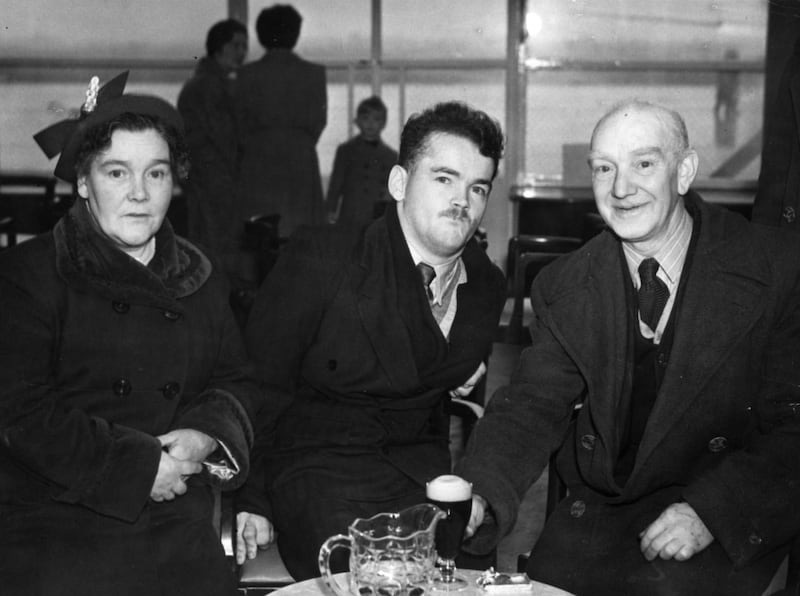
The story of how Daniel Day-Lewis, a man with deep Irish connections, ended up with the role has been many times revised in the telling. Jim Sheridan seems clear on the subject.
“Daniel Day-Lewis was suggested to me by [the director] Pat O’Connor. He said: ‘You know Daniel Day-Lewis has an Irish passport?’ And it just went: ding!” he told Ryan Tubridy.
Noel Pearson’s version is not exactly contradictory, but it suggests other routes to the same destination. He remembered being at a party for the composer Elmer Bernstein, who would go on to write the score for My Left Foot. Day-Lewis, not yet the legend he was to become, was also at the bash.
Daniel Day-Lewis stayed in character. I'd have to feed him his food in the canteen. I did it for a week and then I thought, What the f**k am I doing this for? Feed yourself. I am going off to play pool
“I told Daniel Day-Lewis the story of Christy Brown,” Pearson said. “He didn’t say anything. So I sent him the script. And he called me up two days later. After 10 pages he had turned to the front page and thought, I’ve heard this story before, but I was so drunk I didn’t remember.”
Day-Lewis’s version doesn’t entirely tally with this. He remembers living in an empty house in west London at a time of unemployment when the script came through his letter box. The white packet, which seemed “almost luminous”, caught his eye, and, with little else to do at the time, he ripped it open and began reading.
“The first thing I read was this description of a foot,” he said. “It was all there – the pan up to the face of Christy Brown. My first thought was, What is this about? Within about an hour I called this number and I spoke to Noel Pearson, who I’d never met before, and he said: ‘We are thinking of doing this film. We’ve no money and there’s no director. Do you want to do it?’”
At any rate, the cast came together and began work in Dublin. Hugh O’Conor was cast as the young Christy. Ray McAnally played Christy’s father. Legends surrounding Day-Lewis’s approach rapidly developed. It was reported that he remained in character at all times. He would continue to behave as if he had cerebral palsy. He would ask for assistance from fellow cast members.
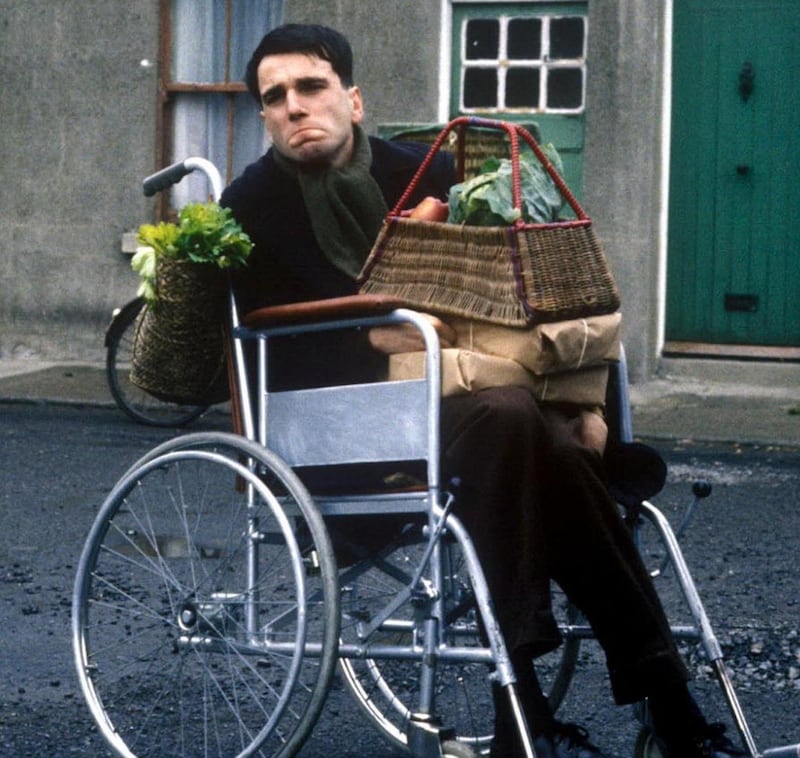
“I would regard him as a method actor and had never worked with that before,” Brenda Fricker said. “I found it quite intimidating. He stayed in character. In the first week, he’d make me go to the canteen with him and he’d stay in character. I’d have to feed him his food. I fell for this for a while. I did it for a week and then I thought, What the f**k am I doing this for? So then I cottoned on. Feed yourself. I am going off to play pool.”
Hugh O’Conor confirms the gist of the story, but he puts a slightly different spin on Day-Lewis’s approach.
“I do remember going up to Daniel at lunchtime and he was in his wheelchair,” he told me recently. “But the misconception is that he is always ‘in character’. He remains in the voice and he retains the physicality, but he’ll answer to his name and chat quite normally.”
O’Conor remembers McAnally, who died shortly after the film was shot, with particular affection.
“Ray was such a vital part of that film,” he said. “I was originally afraid of Ray. He figured out that, to get better performance out of a child, he was going to be tough on me.” Once the character warmed to his son, McAnally opened up to O’Conor and the two became close.
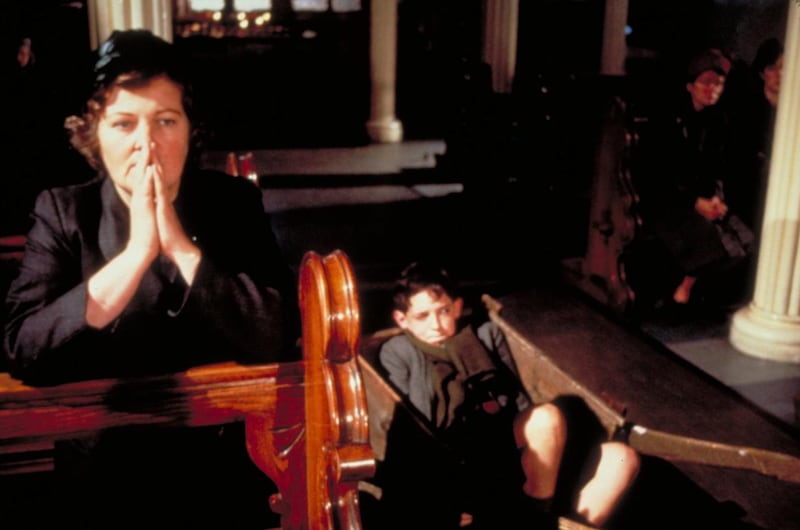
My Left Foot had its Dublin premiere in March of 1989 and was released on April 7th. This newspaper’s late film correspondent was among those who got behind it. “I remember Michael Dwyer being really supportive when it came out,” O’Conor says.
Here we reach a part of the story that carries a degree of retrospective discomfort. All involved knew they had a good film on their hands, but few suspected it would go on to have such an extraordinary impact. At least one rising force disagreed.
“Harvey Weinstein of Miramax was there that night,” Shane Connaughton, speaking years before the allegations about the mogul’s sexual abuse emerged, said of the premiere. “And he said at the end: ‘Come the Oscars we will be there. This film will be there.’ I thought that was empty showmanship. But, my goodness, it was right.”
I couldn't follow half the movie – I straightened out some of those rough Irish accents. What's a 'jar'? What's a this, what's a that?
Weinstein, cofounder of Miramax, was at the beginning of his notorious Oscar run. Renowned for ruthless lobbying of Oscar voters, Weinstein helped out My Left Foot – and My Left Foot helped out Weinstein.
“The audience loved it, but they didn’t understand certain things,” he said of American test screenings. “I couldn’t follow half the movie – I straightened out some of those rough Irish accents. What’s a ‘jar’? What’s a this, what’s a that? I went back and revoiced some of it. A ‘jar’ became a ‘glass’. Isn’t the intention to communicate?”
It’s not a comfortable subject to address, but the Irish film industry owes Miramax a considerable debt. Three years later, Weinstein’s company helped propel Neil Jordan’s The Crying Game towards genuine box-office success and six Oscar nominations. By that stage he was already the most feared operator in Academy Award history.
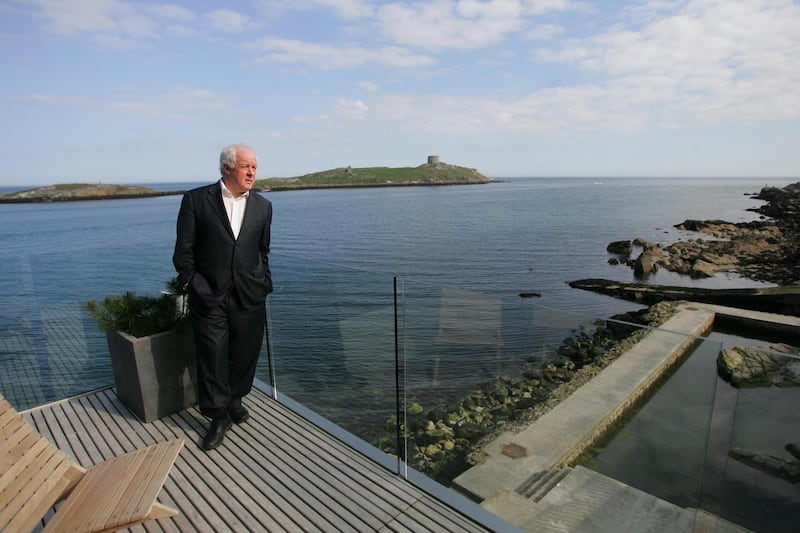
The My Left Foot team, nonetheless, arrived at the Oscars in March of 1990 with little expectation of converting any of their five nominations. Another film looked to be making all the running.
“That year, Born on the Fourth of July was supposed to scoop everything,” Noel Pearson said. “It was a big picture with Oliver Stone. We went to the Oscars for a laugh.” (As it happened, Born on the Fourth of July unexpectedly lost best picture to Driving Miss Daisy.)
The film’s success changed everything for Jim Sheridan and Daniel Day-Lewis. In the Name of the Father, which brought the two men back together in 1993, scored seven Oscar nominations. Day-Lewis went on to become the only man to win three best-actor Oscars. (The others were for There Will Be Blood and Lincoln.) Sheridan, who had never shot a film before My Left Foot, accumulated six nominations over 11 features. The triumph also helped reinvent the Irish film industry.
“People have been very inspired by the film,” Shane Connaughton said. “Nobody could have more going against him than Christy Brown. Yet he ends up a famous writer. He has a film made about him. There’s a lesson for us all.”
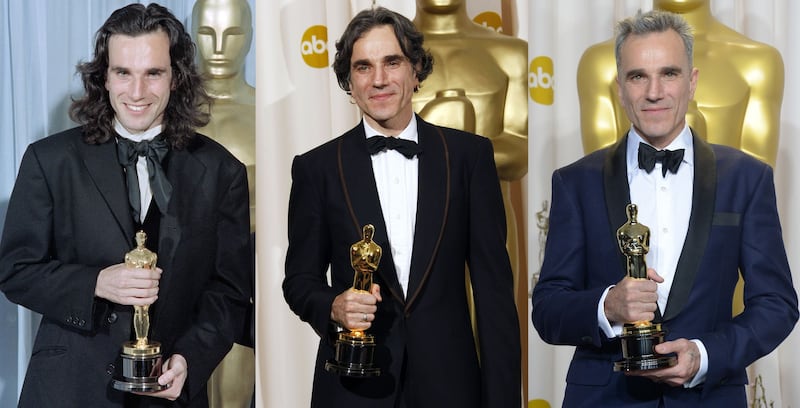
BEST PICTURE NOMINEES FOR 1989
DRIVING MISS DAISY (Bruce Beresford)
Drippy inter-racial drama starring Morgan Freeman and Jessica Tandy. No picture repeated its feat of winning best picture without a best-director nomination until Argo, in 2012.
BORN ON THE FOURTH OF JULY (Oliver Stone)
Oliver Stone's study of the Vietnam veteran Ron Kovic was, with eight nominations, the favourite for best picture, but it had to settle for just best director and best film editing.
DEAD POETS SOCIETY (Peter Weir)
Whatever one thinks of Peter Weir's pedagogical drama, one can't deny its lasting impact on popular culture. Four nominations in total. Won for best original screenplay.
FIELD OF DREAMS (Phil Alden Robinson)
It was a year of sentimental heartstring-pluckers. Robinson's defiantly odd baseball drama gave the world "If you build it, he will come." Three nominations but no wins.
MY LEFT FOOT (Jim Sheridan)
How did that happen? (See above.) "You have just provided me with the makings of one hell of a weekend in Dublin," Daniel Day-Lewis famously said from the podium as he received his Oscar for best actor.

















